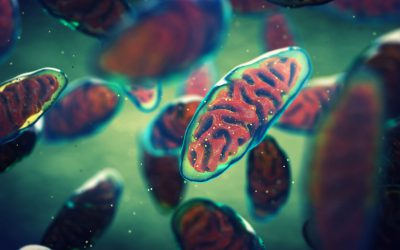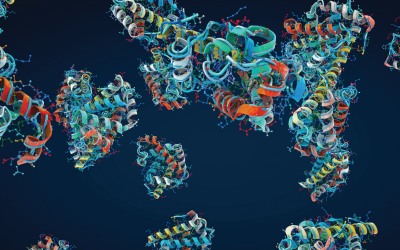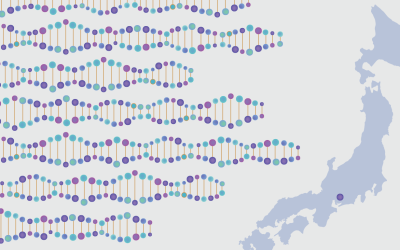SecTION
Cell Biology
ABOUT The Cell Biology Section
Cell biology allows us to study how cells interact with each other and their environment, which is crucial for understanding processes like the cell cycle, organ and tissue formation during development, immune responses, pathogen interactions, senescence, and apoptosis.
Using various techniques and tools ranging from classical microscopy to high-resolution fluorescence microscopy, biochemical and molecular biology techniques, and models that include cell cultures, organoids, and whole organisms, cell biology examines how cells perform their vital functions, such as energy production, cell division, intracellular transport, cell communication, and response to external aggressions.
The Cell Biology section of SAIB provides a space where the latest advances in the field are presented, and where national and international groups can share their work, thus promoting a rich exchange of hypotheses, results, and new methodologies.
Section Representative: Dr. Mauricio Martin
News
LATEST ARTICLES
Mitocondrias entre células y endocitosis sin clatrina (Mayo 2023)
Mitocondrias de viaje Está claro que las bacterias realizan transferencia horizontal de genes (HGT, en inglés) desde antes de la aparición de las células eucariotas. Ahora, esta costumbre continúa en descendientes de bacterias que fueron cooptadas por las células...
Señalización, compartimentalización, precisión
Sabemos que los mecanismos de señalización intracelular involucran una cascasda de cambios moleculares. El ejemplo mas frecuente en la naturaleza son las vías que dependen de fosforilaciones sucesivas. En estos casos, un número variable de kinasas van actuando unas...
Protocolo de Nagoya: muestras, genes y bases de datos
El Protocolo de Nagoya sobre Acceso a los Recursos Genéticos y Participación Justa y Equitativa en los Beneficios que se Deriven de su Utilización es un acuerdo complementario al Convenio sobre la Diversidad Biológica (CBD) cuyo objetivo es compartir los beneficios...


